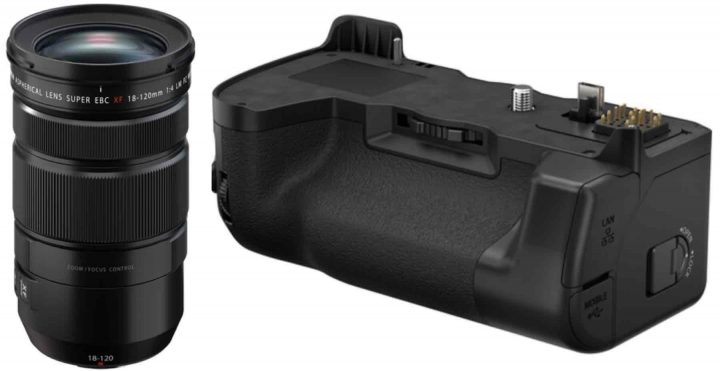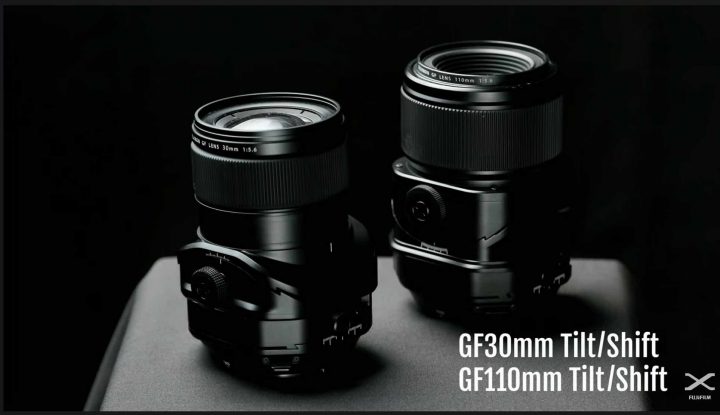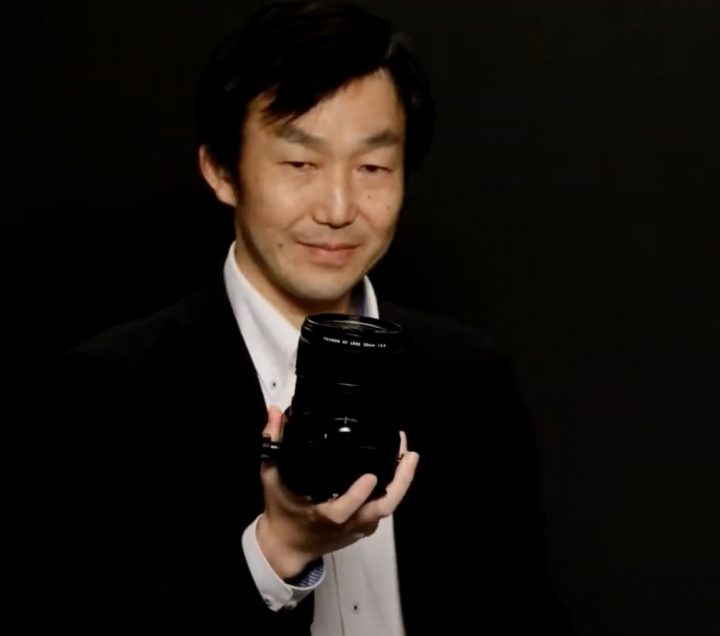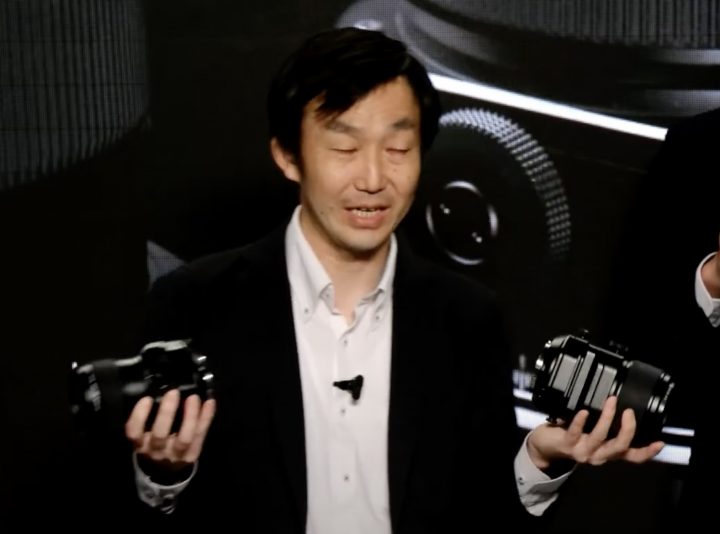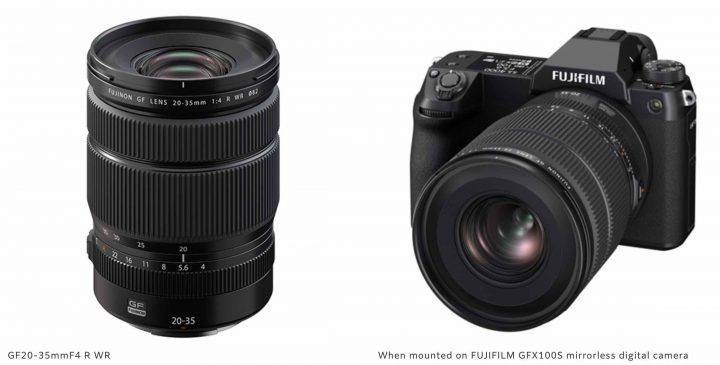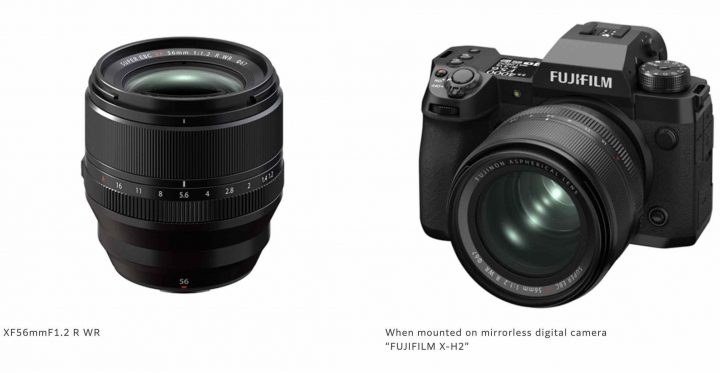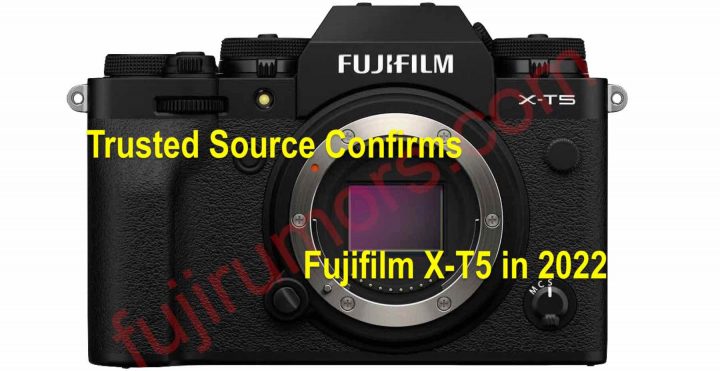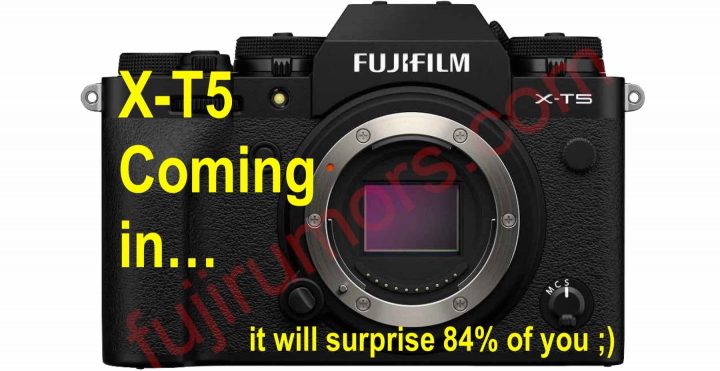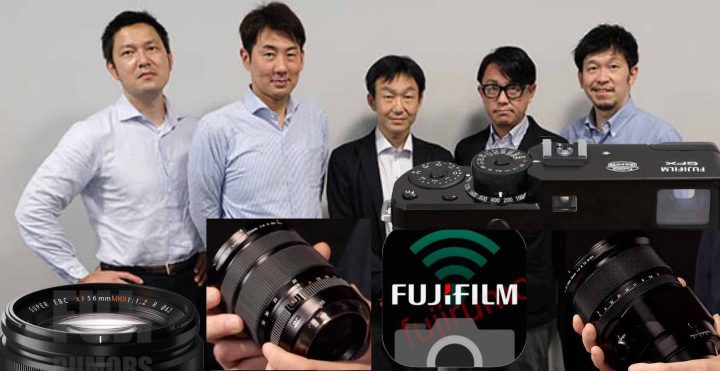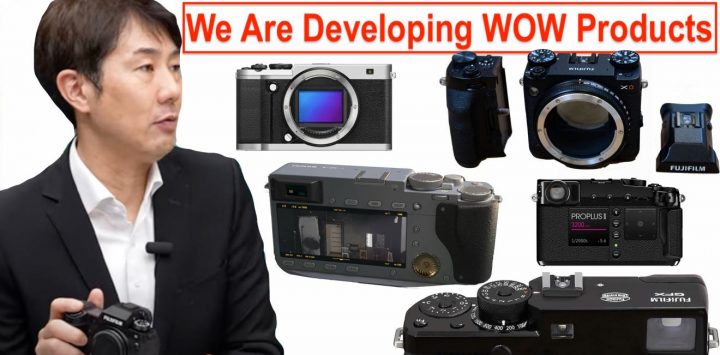Fujifilm Announces Release Date of Fujinon XF18-120mmF4 LM PZ WR and File Transmitter Grip “FT-XH”
Fujifilm Corporation
September 9, 2022
We would like to express our sincere gratitude for your continued patronage of Fujifilm products. The release date of the Fujinon Lens XF18-120mm F4 LM PZ WR, which was announced recently announced to be released in September 2022, has been decided. For the file transmitter “FT-XH“, the release date will be changed from September 2022 to late October 2022 due to various circumstances.
- XF 18-120mm f/4: BHphoto / AmazonUS / Adorama / Moment
- Fujifilm VG-XH: BHphoto / AmazonUS / Adorama
- Fujifilm FT-XH: BHphoto / AmazonUS / Adorama
| Product name | Release date |
| “Fujinon Lens XF18-120mmF4 LM PZ WR” Click here for product details |
Thursday, September 29, 2022 |
| File transmitter “FT-XH” Click here for product details |
Late October 2022 |
- Fujifilm X-H2: BHphoto / AmazonUS / Adorama / Moment / Focuscamera
- Fujifilm X-H2S: BHphoto / AmazonUS / Adorama / Moment
- XF 56mm f/1.2 R WR: BHphoto / AmazonUS / Adorama / Moment / Focuscamera
- XF 150-600mm f/5.6-8: BHphoto / AmazonUS / Adorama / Moment
- XF 18-120mm f/4: BHphoto / AmazonUS / Adorama / Moment
- Fujifilm VG-XH: BHphoto / AmazonUS / Adorama
- Fujifilm FT-XH: BHphoto / AmazonUS / Adorama
- Cooling Fan for X-H2S: BHphoto / AmazonUS / Adorama / Moment
- GF 20-35mm f/4: BHphoto / AmazonUS / Adorama / Moment / Focuscamera

